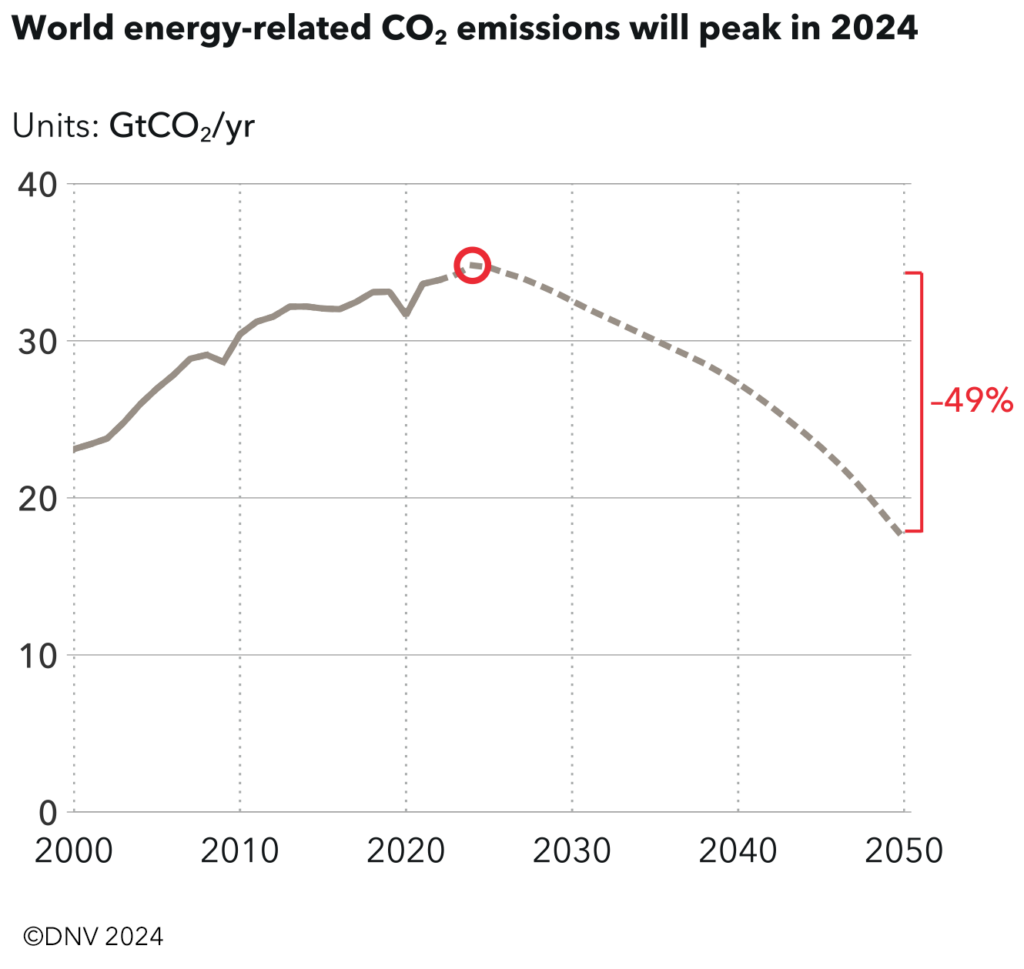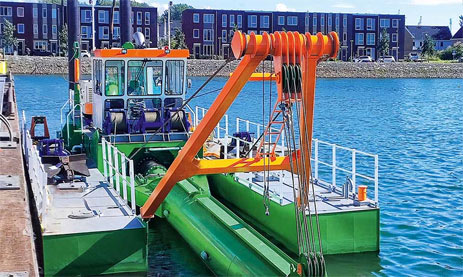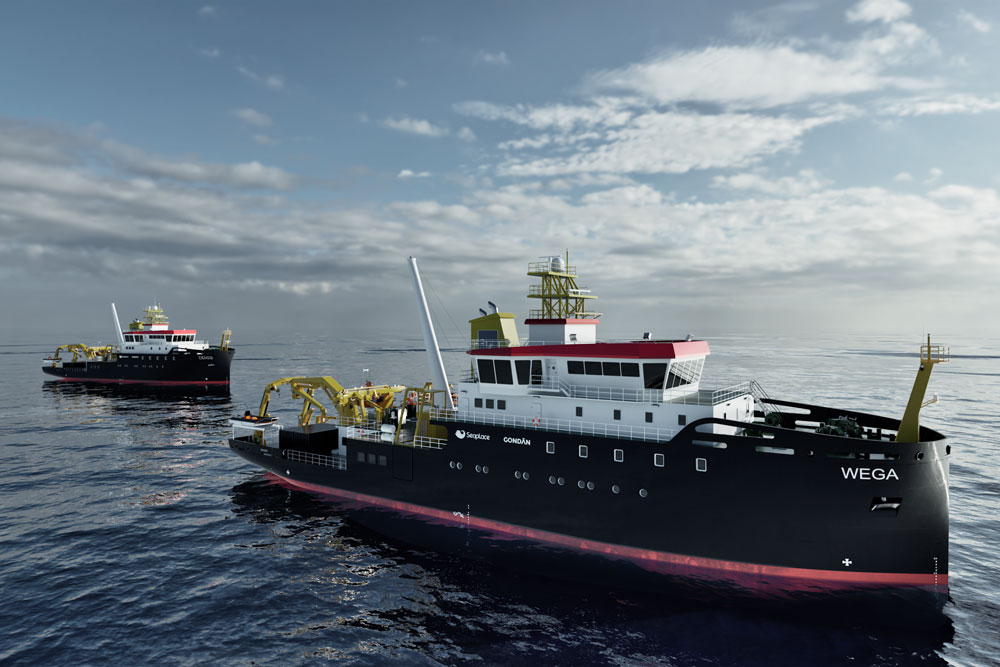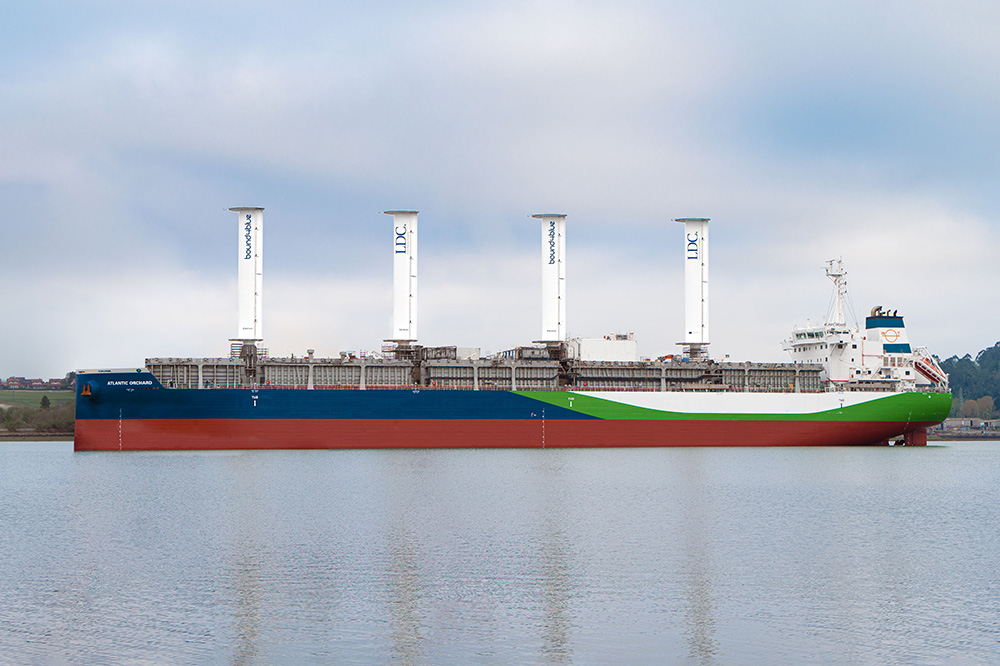In terms of emissions from energy production, 2024 will be the most intensive year in human history.
According to a current DNV forecast, however, the curve is set to fall thereafter, with emissions halving by 2025. Nevertheless, the targets of the Paris Climate Agreement are likely to be missed by a wide margin.
The calculations predict a warming of around 2.2°C (instead of 1.5°C if possible and 2°C at most) by the end of the century.
For the first time since the beginning of the industrial revolution, energy-related emissions will fall. This is mainly due to the fact that the cost of solar energy and batteries has fallen sharply, pushing both coal and oil out of the energy mix.

Emissions from coal and oil on the decline
According to the report by classification and risk assessment company DNV, solar installations have increased by 80% in the last year, undercutting the cost of electricity from coal-fired power plants in many regions. The cost of batteries is also falling: on average, they have fallen by 14%, making it easier to supply green electricity.
Demand for oil has decreased, primarily due to the growing demand for electric vehicles – sales of which have risen by 50%, which is particularly noticeable in China. Decarbonization is progressing there like in no other country in the world, especially in the production and export of green technologies. Last year alone, China accounted for 58% of new solar installations and 63% of new electric cars. Although the “Middle Kingdom” is still the world’s largest producer of CO2emissions, its dependence on fossil fuels will decrease rapidly, the DNV said.
“Solar energy and batteries are driving the energy transition and growing even faster than we predicted,” said Remi Eriksen, Group President and CEO of DNV. “Reaching peak emissions is a milestone for humanity. But we now need to focus on how quickly emissions decline and use the tools available to accelerate the energy transition. Worryingly, our projected decline is very far from the trajectory needed to meet the goals of the Paris Agreement. The hard-to-electrify sectors in particular need a new political push.”

Despite challenges: Energy transition is progressing
The success of solar energy and batteries cannot be repeated in the hard-to-reach sectors where important technologies are slow to spread. The DNV has revised its long-term forecast for hydrogen and its derivatives downwards by a fifth since last year; in 2025, the H2 element is expected to account for only 4% (instead of 5%) of energy demand. Furthermore, only around 6% of global emissions are expected to be offset by carbon capture by mid-century. However, a global carbon price would accelerate the introduction of these technologies.
Wind power is set to remain the most important driver of the energy transition: Its share of electricity generation will be 28%, according to DNV. Offshore wind power is set to increase by 12% annually, despite the current brake on growth.
Nevertheless, the peak in emissions is a clear sign that the energy transition is progressing. By 2050, the energy mix will move from an 80/20 mix in favor of fossil fuels to a 50/50 ratio of fossil fuels and renewable energies. At the same time, electricity consumption is set to double, which will increase global energy demand by 10%.
Eriksen: “Green dividend should encourage decision-makers”
“There is a growing mismatch between short-term geopolitical and economic priorities and the need to accelerate the energy transition,” said Eriksen. “There is a compelling green dividend that should encourage policymakers to not only double down on renewable technologies, but also to decisively tackle the expensive and difficult sectors that are hard to electrify.”
The forecast also examines the effect of artificial intelligence on the energy transition. AI is expected to have a “profound impact on many aspects of the energy system”, particularly on the transmission and distribution of electricity. Although little data is currently available, DNV does not predict that the energy footprint of AI will change the overall direction of the energy transition. According to calculations, it will account for around 2% of electricity demand by 2050.














